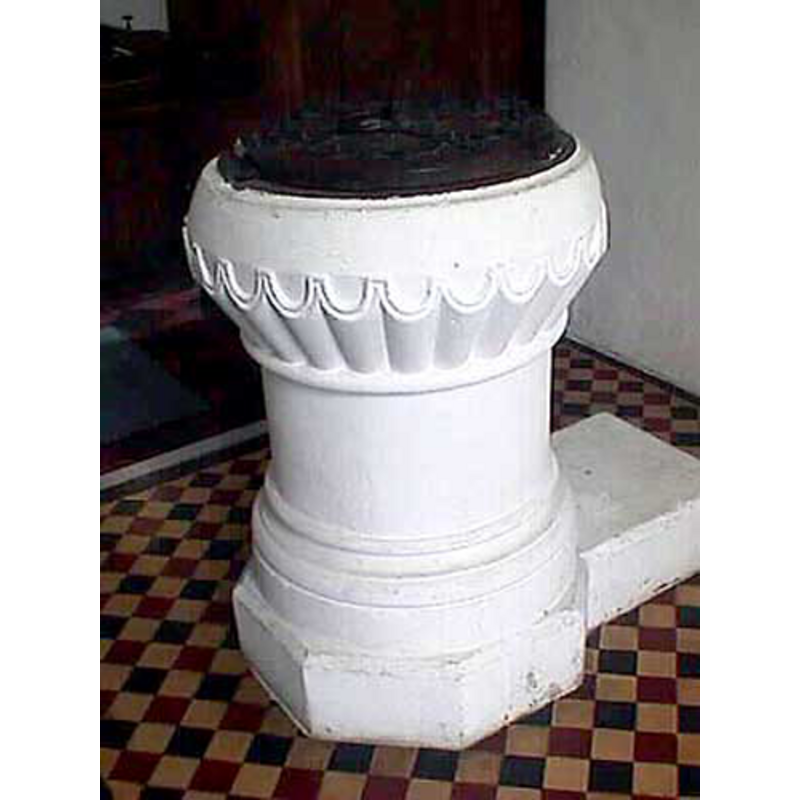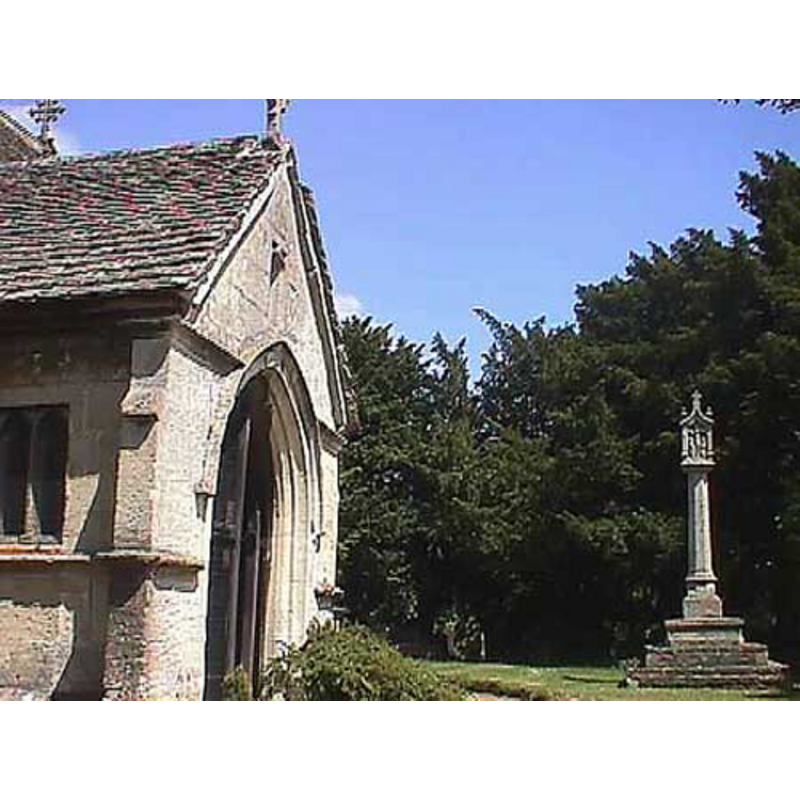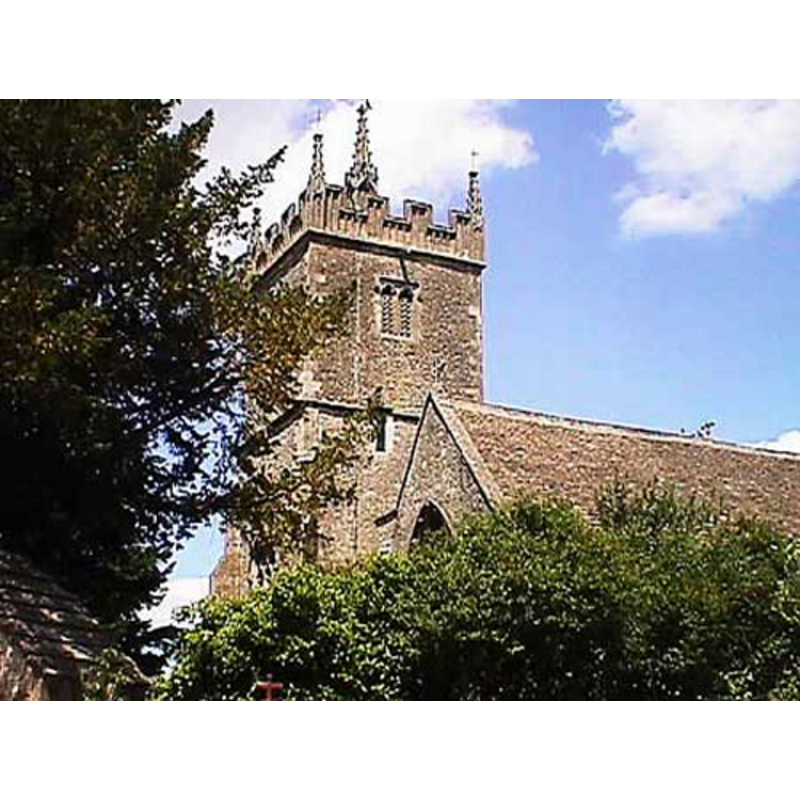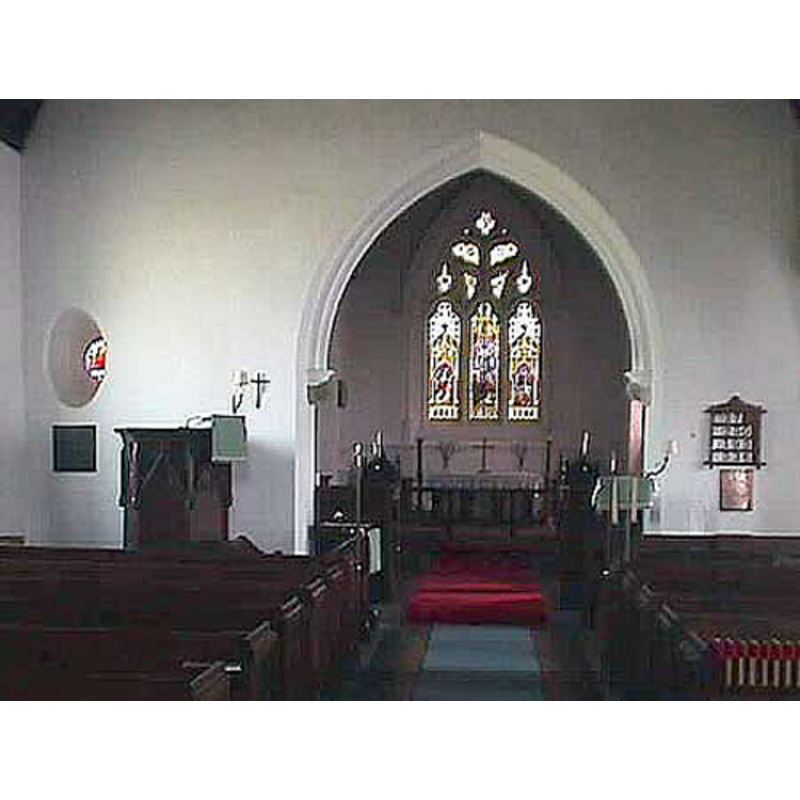Sutton Benger

Image copyright © John Wilkes, 2008
Standing permission
Results: 9 records
B01: design element - motifs - scallop - trumpet scallop
BU01: design element - patterns - ribbed
CR01: design element - motifs - moulding
LB01: design element - motifs - moulding
view of church exterior - porch
view of church exterior - tower
view of church interior - nave - looking east
view of church interior - south aisle - looking east
INFORMATION
FontID: 13701SUT
Object Type: Baptismal Font1
Church/Chapel: Parish Church of All Saints
Church Patron Saints: All Saints
Country Name: England
Location: Wiltshire, South West
Directions to Site: Located on the B4069, 7 km NNE of Chipenham. S of Malmesbury
Ecclesiastic Region: Diocese of Bristol
Historical Region: Hundred of Malmesbury
Font Location in Church: Inside the church, in the W end of the S aisle, by the doorway
Century and Period: 12th century (late?) [restored], Norman [altered]
Credit and Acknowledgements: We are grateful to John Wilkes, of www.allthecotswolds.com, for his photographs of church and font
Church Notes: "church of ALL SAINTS, so called in 1763" [cf. VCH entry in bib.]
Font Notes:
Click to view
The Wiltshire Archaeological and Natural History Magazine (vol. XIX (1881): 144) reports on an excursion by members of the British Archaeological Association, on the occasion of their congress meeting at Devizes; the group of archaeologits visited this church on 17 August 1881and noted "the Norman font" therein. Described and illustrated in Buck (1951, who informs: "This font has been drastically restored". Noted in Pevsner & Cherry (1975): "Font. Circular, Norman, the lower part scalloped." The Victoria County History (Wiltshire, vol. 14, 1991) notes: "A church which stood in Sutton Benger in the 12th century belonged to Malmesbury abbey [...] Some masonry in the nave may survive from the 12th century. [...] Registrations of baptisms are complete from 1653"; there is no mention of a font in the VCH entry for this parish. The baptismal font, which may be monolithic, consists of a round basin that widens towards the middle and then tapers off at the underbowl; at the widest part there is a band of linked scallop motif, the scallops projecting downwards and forming a ribbed pattern all around; the stem is a plain cylindrical volume between mouldings at top and bottom; the lower base is round and moulded; the plinth is octagonal and very narrow, but has a kneeling stone projection. The wooden font cover is falt and round, with metal reinforcements and ring handle; it appears Victorian but could be older. The whole font is covered in a thick whitewash.
MEDIUM AND MEASUREMENTS
Material: stone
Font Shape: round (mounted)
Basin Interior Shape: round
Basin Exterior Shape: round
LID INFORMATION
Date: [cf. FontNotes]
Material: wood
Apparatus: no
Notes: [cf. FontNotes]
REFERENCES
Victoria County History [online], University of London, 1993-. Accessed: 2012-02-15 00:00:00. URL: https://www.british-history.ac.uk.
Buck, A.G. Randle, "Some Wiltshire fonts. Part II", LIV, CXCIV (June 1951), The Wiltshire Archaeological and Natural History Magazine, 1951, pp. 19-35; p. 24 and pl. II.22
Cox, John Charles, Nottinghamshire, London: Allen, 1912



